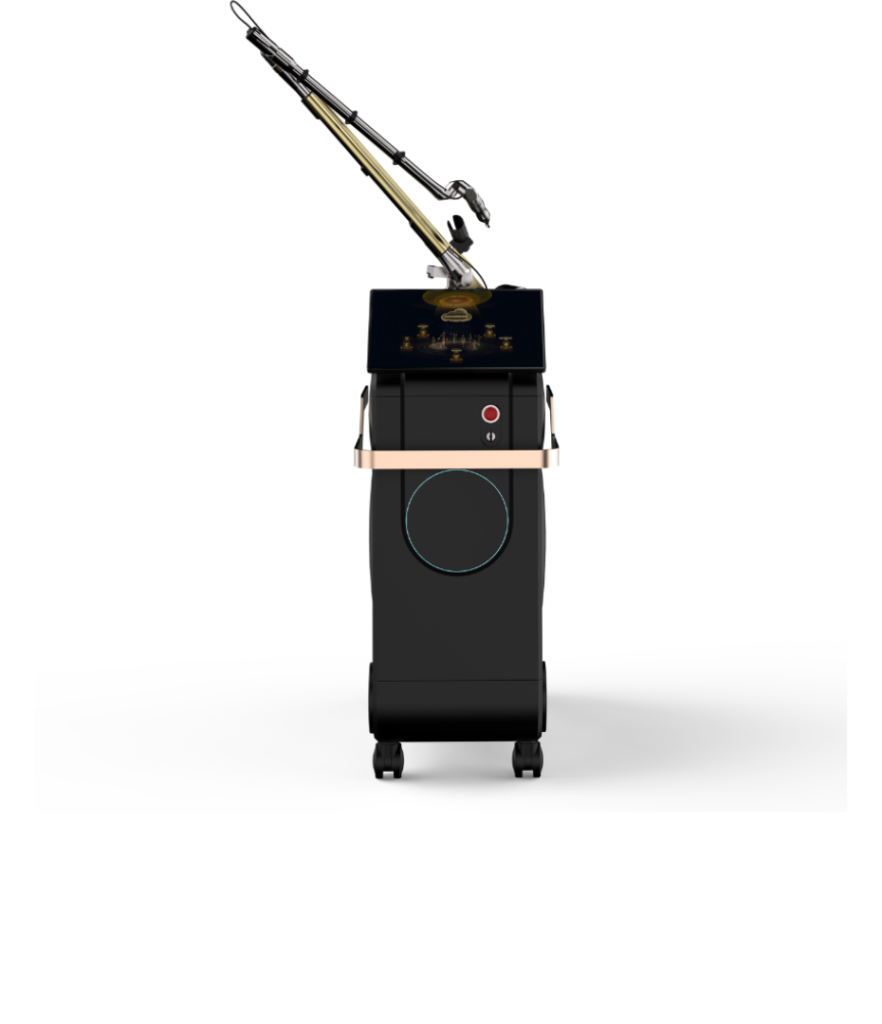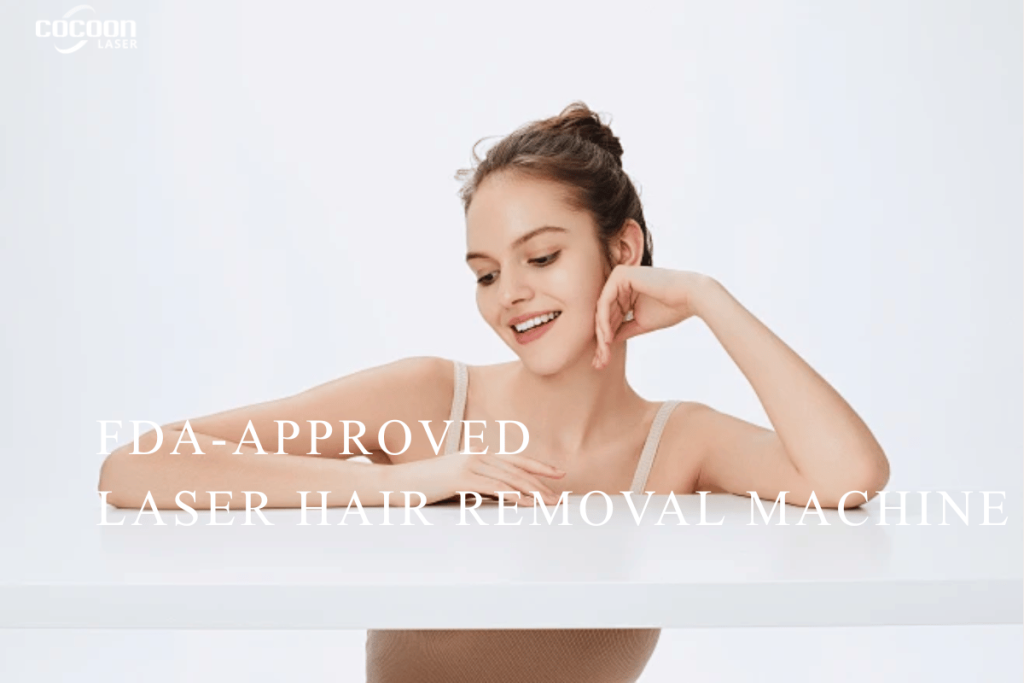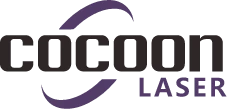Pico Laser Removal Machine FAQs
Pico Laser Removal Machine FAQs
Pigmentation, sun damage and tattoo regret are driving more clinics to upgrade from older nanosecond lasers to a Pico Laser Removal Machine. If you are considering adding pico technology to your practice, you probably have very specific questions rather than wanting another broad overview. This FAQ is designed for clinics, med spas and dermatology practices that are evaluating a Pico Laser Removal Machine for real-world use.
1. What is a Pico Laser Removal Machine?
A Pico Laser Removal Machine is a medical aesthetic device that delivers laser energy in picoseconds (one trillionth of a second). Because the pulse duration is so short, most of the effect on pigment is photo-acoustic (shattering pigment particles) rather than purely thermal (heating the skin).
Clinically, this means a Pico Laser Removal Machine can:
- Break up pigment granules into very fine particles that the body can clear more easily
- Target melanin or tattoo ink with high precision
- Reduce surrounding tissue damage compared with many older technologies
CocoonLaser’s own platform, the Ultra PicoMax Pico Laser Removal Machine, is built around this picosecond technology for professional use in clinics and aesthetic centers.

2. What concerns can a Pico Laser Removal Machine treat?
Indications always depend on local regulations and the operator’s medical qualification, but in general, pico laser systems are used for:
- Epidermal and dermal pigmentation
(sun spots, freckles, age spots, PIH, certain types of melasma) - Tattoo removal of black and multi-color inks
- Skin texture issues such as enlarged pores or mild acne scarring
- Overall skin brightening and rejuvenation when used in fractional or low-fluence modes
If you want a deeper explanation of how laser energy targets melanin in pigmentation, you can refer to CocoonLaser’s pillar article:
Laser Pigmentation Removal: How It Works and What Results to Expect
3. How does a Pico Laser Removal Machine actually work?
In simple terms, a Pico Laser Removal Machine emits very high-energy pulses in an extremely short time window. Because the energy is delivered so fast, the pigment receives a strong mechanical shock:
- Laser light is selectively absorbed by pigment (melanin or tattoo ink).
- The picosecond pulse creates a photo-acoustic effect, breaking pigment into tiny fragments.
- These fragments are gradually cleared by the body’s immune system over weeks to months.
When used in fractional modes, pico lasers can also create controlled micro-injuries in the dermis to stimulate collagen remodelling, which is why they are often used for combined pigmentation and skin-texture improvement.
4. Is a Pico Laser Removal Machine safe for all skin types?
Most modern Pico Laser Removal Machines are designed with darker skin types in mind, but safety still depends on:
- Wavelength selection
- Energy settings and spot size
- Operator skill and patient selection
Many clinics use pico devices across Fitzpatrick skin types I–V, but parameters must be adjusted carefully for higher types to reduce the risk of post-inflammatory hyperpigmentation. A patch test, proper medical history and realistic patient counselling remain essential.
5. What downtime and side effects should patients expect?
Downtime varies with indication and settings, but in many pigmentation and brightening protocols:
- Redness and mild swelling for several hours to 1–2 days
- Temporary darkening or “peppering” of pigmented spots before they flake off
- Mild dryness or roughness for a few days
More aggressive tattoo or acne scar treatments may involve:
- Stronger erythema
- Pinpoint bleeding
- Small crusts that last several days
Compared with many older systems, a Pico Laser Removal Machine typically offers shorter downtime and a lower risk of prolonged redness, but aftercare (sun protection, gentle skincare, avoidance of picking) is still critical.
6. How many sessions are usually required?
There is no universal answer, but common ranges are:
- Epidermal pigmentation / sun spots: 2–4 sessions
- Mixed or dermal pigmentation: 3–6+ sessions
- Tattoo removal: 6–10+ sessions depending on ink color, depth and age
- Skin brightening / texture: often done as a course of 3–5 sessions
One advantage of a Pico Laser Removal Machine is that, for many indications, clinics report fewer sessions compared to traditional nanosecond Q-switched lasers, especially for stubborn pigments. However, patient expectations should still be set realistically.
7. How is a Pico Laser Removal Machine different from older Q-Switched lasers?
Key differences include:
- Pulse duration: picoseconds vs nanoseconds
- Mechanism: stronger photo-acoustic effect vs predominantly photothermal
- Clinical feel: patients often describe pico treatments as “sharper but shorter”, with faster recovery
- Pigment clearance: pico technology tends to fragment pigment into finer particles
For clinics, this can translate into:
- Better outcomes on resistant pigments
- Potentially fewer sessions
- More marketing value, as “pico laser removal machine” is now a well-recognized concept among patients
8. What should clinics look for when choosing a Pico Laser Removal Machine?
When evaluating devices, consider:
- Wavelength options – for example, a platform that can address both dark ink and colored tattoos, or epidermal and dermal pigments
- Energy and spot size range – to handle delicate facial work and larger body areas
- Fractional / focus handpieces – for texture and rejuvenation indications
- User interface and preset protocols – important for training new staff
- Service, warranty and training support – especially if you plan to build a long-term pico program
If you are positioning yourself as a pigmentation and tattoo-removal center, look for a system that offers both high peak power and flexible treatment modes, not just a single-purpose machine.
9. Where does the Ultra PicoMax fit in?
CocoonLaser’s Ultra PicoMax Pico Laser Removal Machine is designed for clinics that need a multi-indication pico platform instead of a simple spot-removal device. It is built for:
- Professional pigmentation protocols
- Tattoo and carbon-peel style procedures
- Combination treatments that target both pigment and skin texture
Rather than listing every specification here, the product page provides detailed parameters, handpiece options and example indications. You can use it as a reference when comparing different Pico Laser Removal Machines on the market.
10. Where can I learn more about laser pigmentation removal principles?
If you’re planning to educate your patients or train new staff, it helps to start from a clear explanation of how laser pigmentation removal works and what patients can expect over multiple sessions.
For a more in-depth, clinic-oriented overview, you can read our core article:
Laser Pigmentation Removal: How It Works and What Results to Expect.
It pairs well with this FAQ: the pillar article explains the science and patient journey, while this page answers the practical questions you may have when choosing a Pico Laser Removal Machine for your business.
A Pico Laser Removal Machine is no longer a “nice to have” device only for large hospitals. For many clinics, it has become a central platform for pigmentation, tattoo and rejuvenation treatments. By understanding the key FAQs above and carefully comparing platforms like the Ultra PicoMax with your clinic’s patient profile, you can make a confident investment that supports both clinical outcomes and business growth.
If you need more information, please click “Contact Us”.
If you want to obtain more information, please follow our official website and Facebook.









